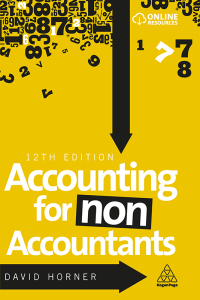



Exhibit 1. McGhee Corporation. Balance Sheet, December 31, 2003. Cash $140,000 Accounts receivable $1,225,000 Inventory $875,000 Current assets $2,240,000 Net fixed assets Total assets $2,135,000 $4,375,000 Accounts payable Accruals Notes payable - bank Current maturities of LT Debt Current liabilities $700,000 $140,000 $788,000 $87,500 $1,715,000 Long-term debt $962,500 Common stock & PIC Retained earnings Total liabilities & equity $297,000 $1,400,000 $4,375,000 Exhibit 2. Selected Income Statement Information, December 31, 2003. Sales Revenue, net $15,968,750 Cost of Goods Sold, net $10,675,000 Purchases, net $11,252,500 Operating expenses $4,462,500 Exhibit 3. Memo Regarding Firm's Cash Cycle: 12/31/03. Sheryl: The usual thing to worry about is the difference between assets and liabilities. If assets convert to cash faster than liabilities, that's a good thing, but that's a very unusual situation. More often, your liabilities will be "due," essentially, before your receivables have come in fully. Cash sales, when they actually happen, will help shorten the asset cash-to-cash cycle and make your job easier -- we rarely have significant cash sales, as you've probably learned in the past few months. To figure out how the assets and liabilities work together on this, you'll need to have some numbers in front of you. In particular, you'll want to know what our average daily sales and cost of goods sold are, and what our average purchases are. Finally, it would be useful to know our average daily operating expenses, too. Once you have all of that stuff, convert the balance sheet into its daily equivalent. For example: part of the asset cash-to-cash cycle is the daily level of cash on hand. You can find this by dividing the cash amount on the balance sheet by the average daily sales figure to get "days cash." Accounts receivable is also directly related to our sales figures, but when looking at average inventory be sure to consider our daily COGS instead. On the other side of the balance sheet, payables are closely related to average daily purchases and accruals are related to operating expenses. 4. Using your answers from 2 and 3, above, determine the number of days that the firm may need to finance itself during the cash-to-cash cycle. How can this number be used to determine the amount of external financing necessary? 5. What types of external funding sources are appropriate for supporting a working capital deficit of the type that is described in Mr. McGhee's memo? Why are some sources more appropriate than others? 6. What are some ways that McGhee could make the asset cash-to-cash cycle shorter? 7. What are some ways that McGhee could make the liability cash-to-cash cycle longer? 8. What considerations would need to be made when changing the company's terms on receivables, and changing policies on other current assets or liabilities? What complications and/or difficulties has Mr. McGhee left out of his memo










